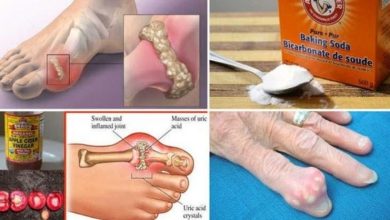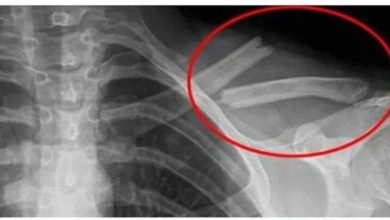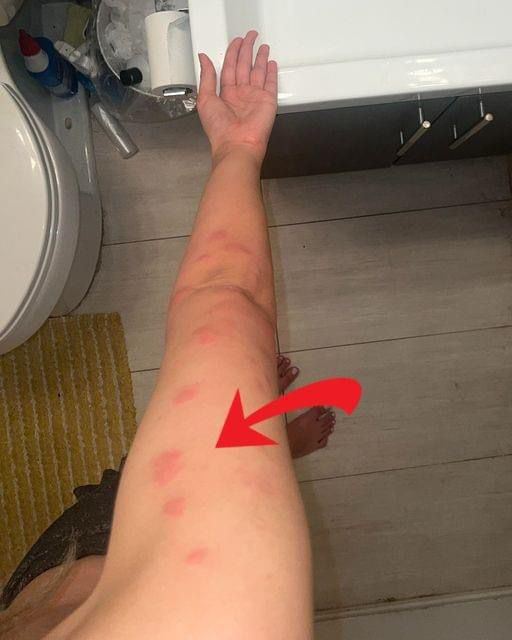
We rely on our hands every day, so any changes in their appearance or function can quickly catch our attention. Often, these changes are not just isolated issues but can indicate underlying health conditions.
Since our hands are rich in blood vessels and nerve endings, they can serve as important indicators of circulation, neurological health, and overall well-being.
Eleven Signs Your Hands Might Reveal About Your Health
1. Red Hands
Redness in the hands can be linked to various conditions, including liver disease, rheumatoid arthritis, or Graves’ disease. It has also been noted as a symptom of Covid. In some cases, red hands may result from hormonal changes, such as pregnancy, or even be a hereditary trait.
2. Rashes on the Hands
Skin rashes on the hands could indicate allergic contact dermatitis, often triggered by exposure to allergens like nickel. Nickel is commonly found in items such as phones, watches, and even certain foods like cashews and buckwheat. Atopic dermatitis, a condition that typically begins in childhood, is another possible cause.
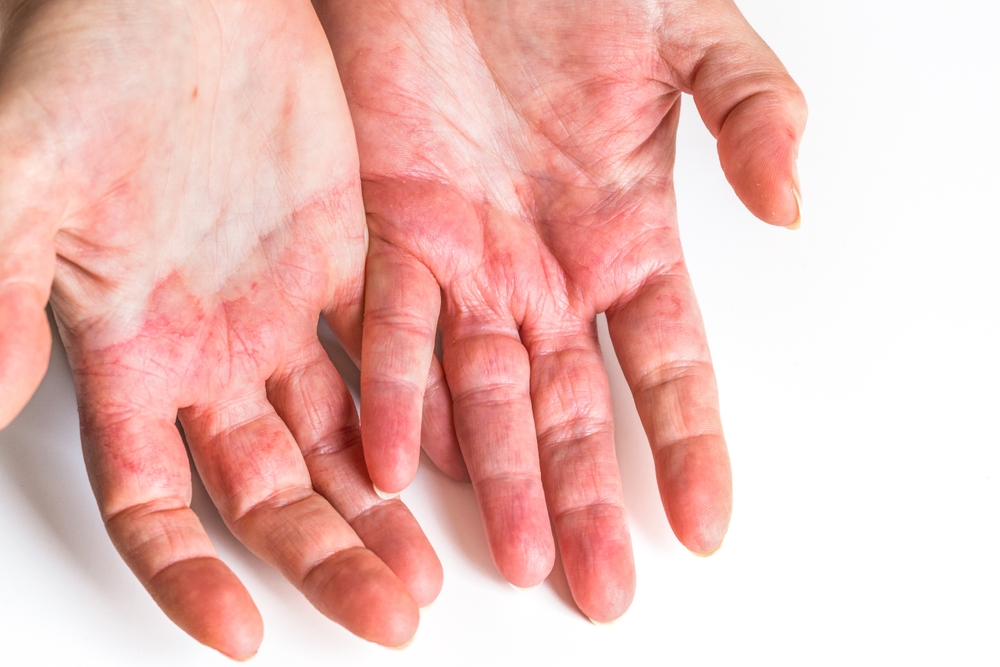
3. Clubbed Fingers
Finger clubbing—where fingertips become swollen and nails curve downward—can be a sign of decreased oxygen levels in the blood. It is often associated with conditions like lung cancer, endocarditis, or congenital heart defects.
4. Stiff, Painful, or Swollen Hands
Inflammatory diseases such as arthritis or dermatomyositis can lead to stiffness, pain, and swelling in the hands. Dermatomyositis, a rare disorder, also causes muscle weakness and skin rashes, while psoriatic arthritis often presents with flaky skin and joint pain, typically affecting individuals between 30 and 50.
5. Hand Tremors
Occasional hand tremors are normal and can be triggered by stress, caffeine, or lack of sleep. However, persistent shaking may indicate a neurological condition like Parkinson’s disease, which affects brain cells and leads to involuntary movements.
6. Tingling or Numb Hands
A tingling sensation—commonly referred to as “pins and needles”—is often caused by temporary pressure on a nerve. However, chronic numbness could be a sign of carpal tunnel syndrome, which also causes hand weakness. In some cases, tingling hands may even be an early sign of a stroke.
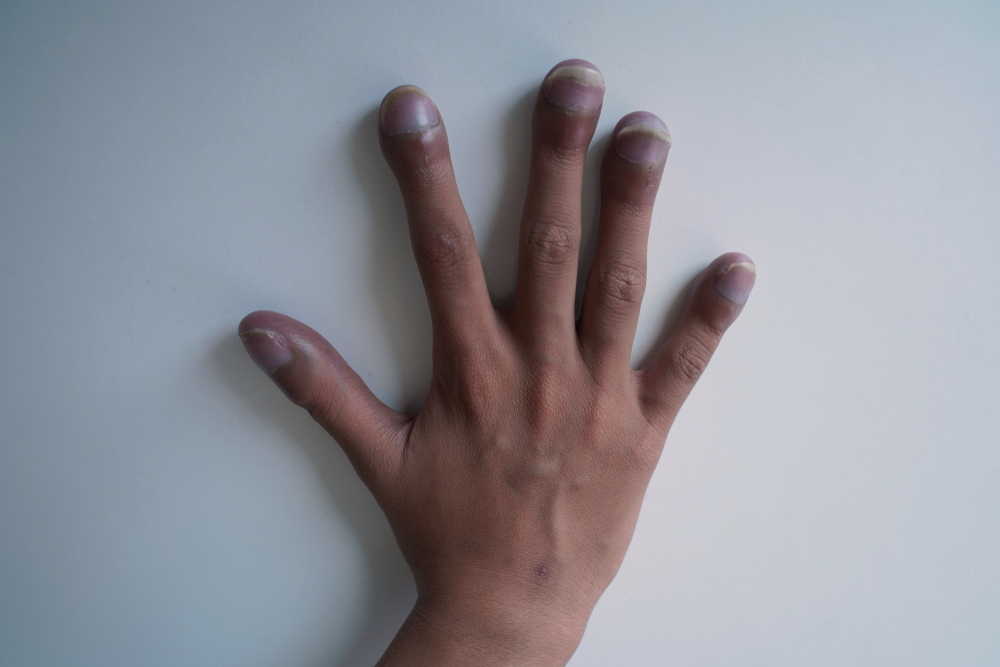
7. Purple Nodules on Fingers
Painful purple bumps on the fingertips, known as Osler nodes, can be a sign of endocarditis, a serious condition that causes inflammation of the heart’s lining. This condition may also lead to red spots under the skin of the palms and is often accompanied by fever, chills, coughing, and shortness of breath.
8. Bumps or Red Scales
Thick, scaly red patches on the hands may indicate psoriasis, a chronic autoimmune disease. When psoriasis spreads to the hands and feet, it can cause significant discomfort, cracks, and pus-filled bumps. Though more common in adults, children can also develop psoriasis.
9. Finger Popping or Getting Stuck
If a finger frequently locks or becomes difficult to straighten, it could be due to “trigger finger,” a condition often affecting the thumb or ring finger. This occurs when a tendon becomes inflamed, making movement difficult. People with arthritis, diabetes, or thyroid disease are more prone to developing this condition.
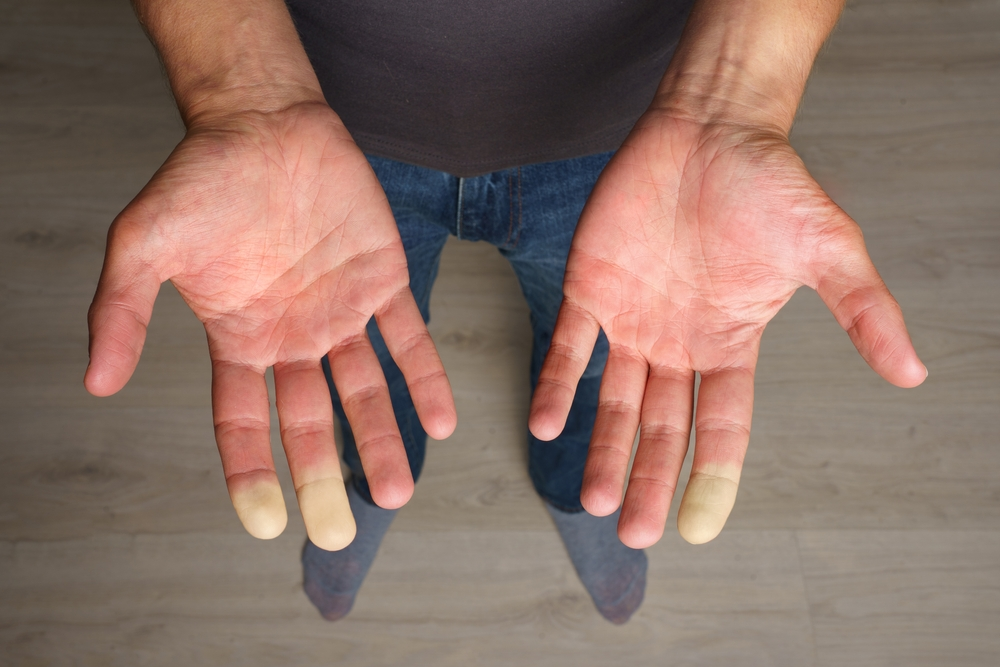
10. Weak Hand Strength
Grip strength can serve as an indicator of overall health. Individuals with strong hand grips tend to have better heart health, while weaker grip strength has been linked to an increased risk of heart disease and other serious health conditions.
11. Hands Turning Blue or White
A change in hand color—turning white or blue—could be a sign of Raynaud’s syndrome. This condition causes small blood vessels in the extremities to constrict in response to cold or stress, leading to poor circulation. Some medications, including those for migraines and high blood pressure, can cause similar symptoms.
Recognizing these signs early can help identify potential health concerns before they become serious. If you notice persistent changes in your hands, it may be worth consulting a healthcare professional.


